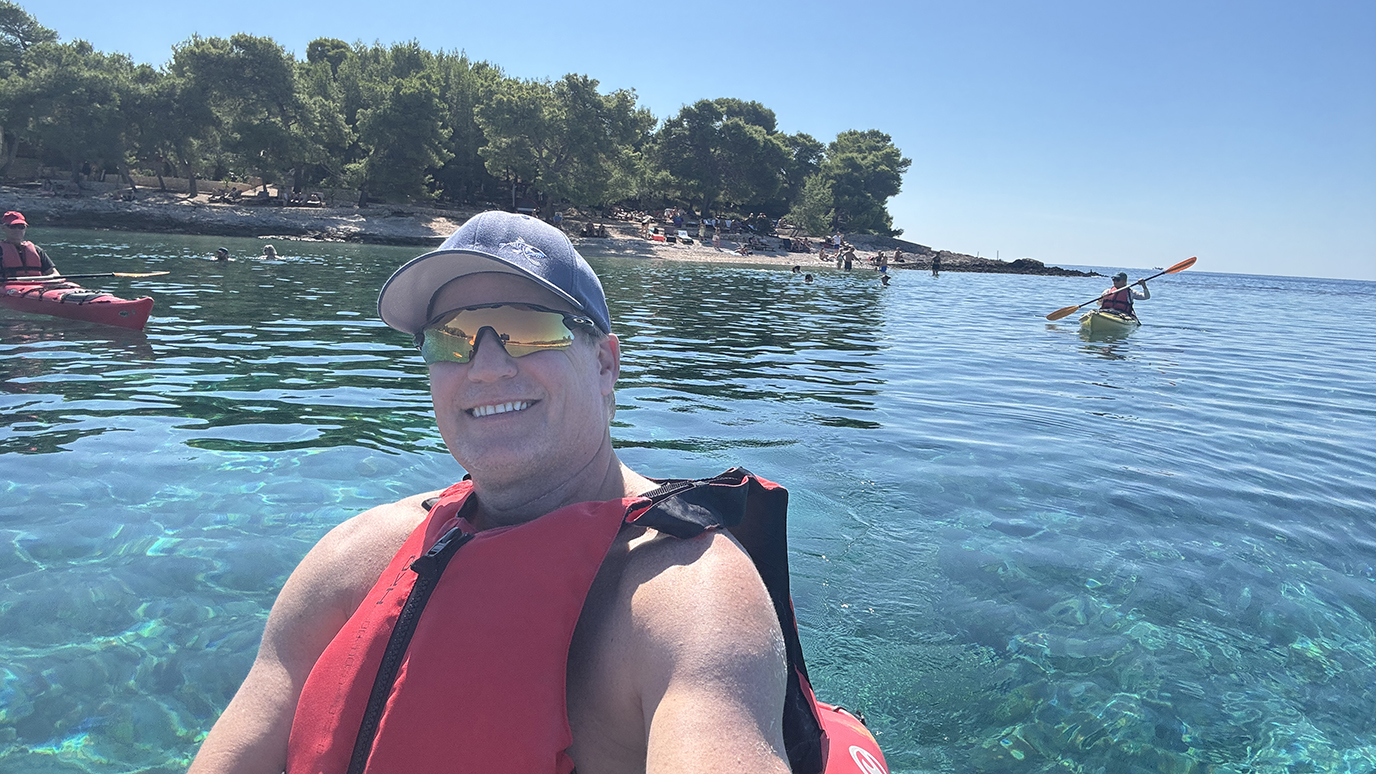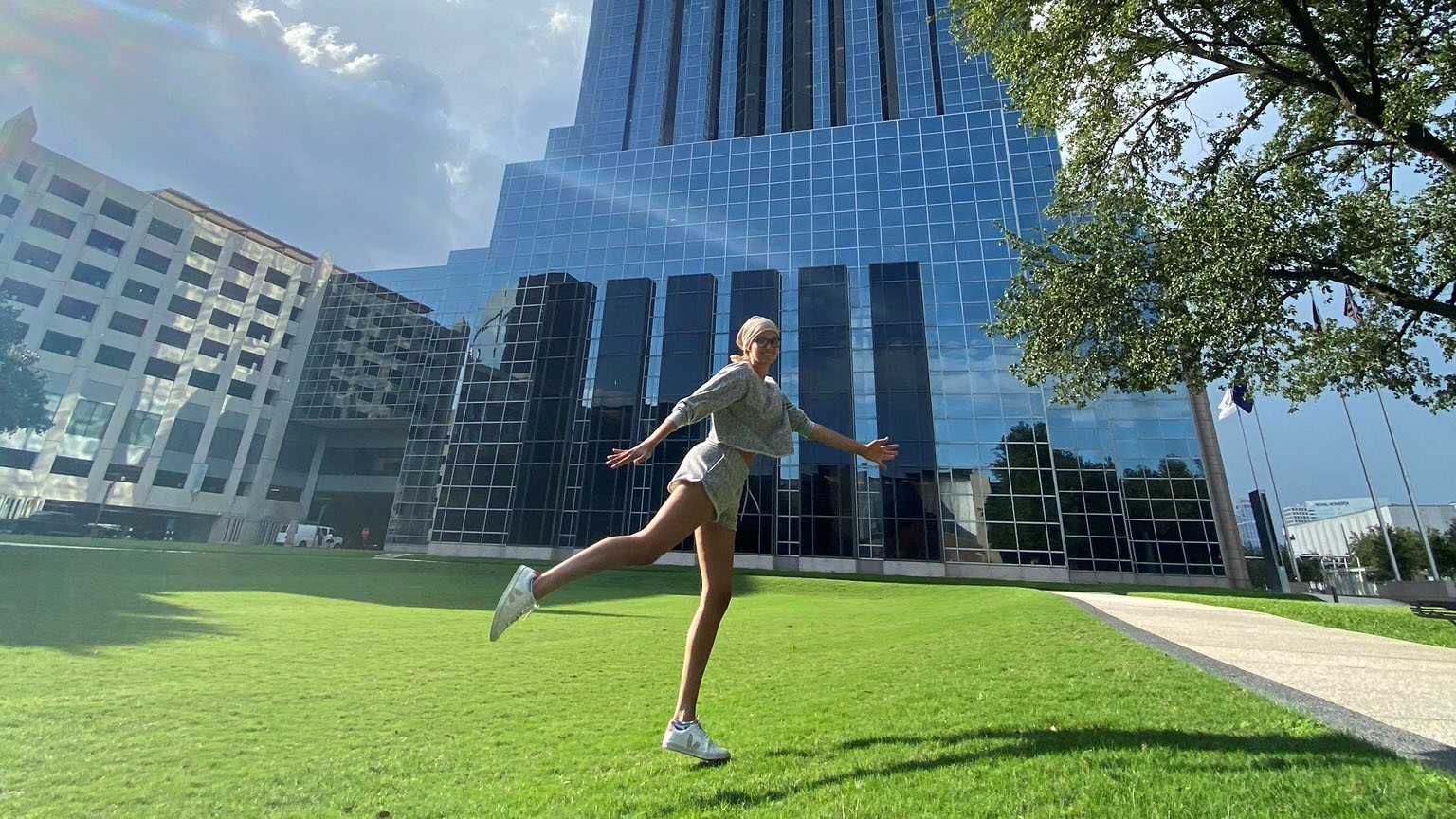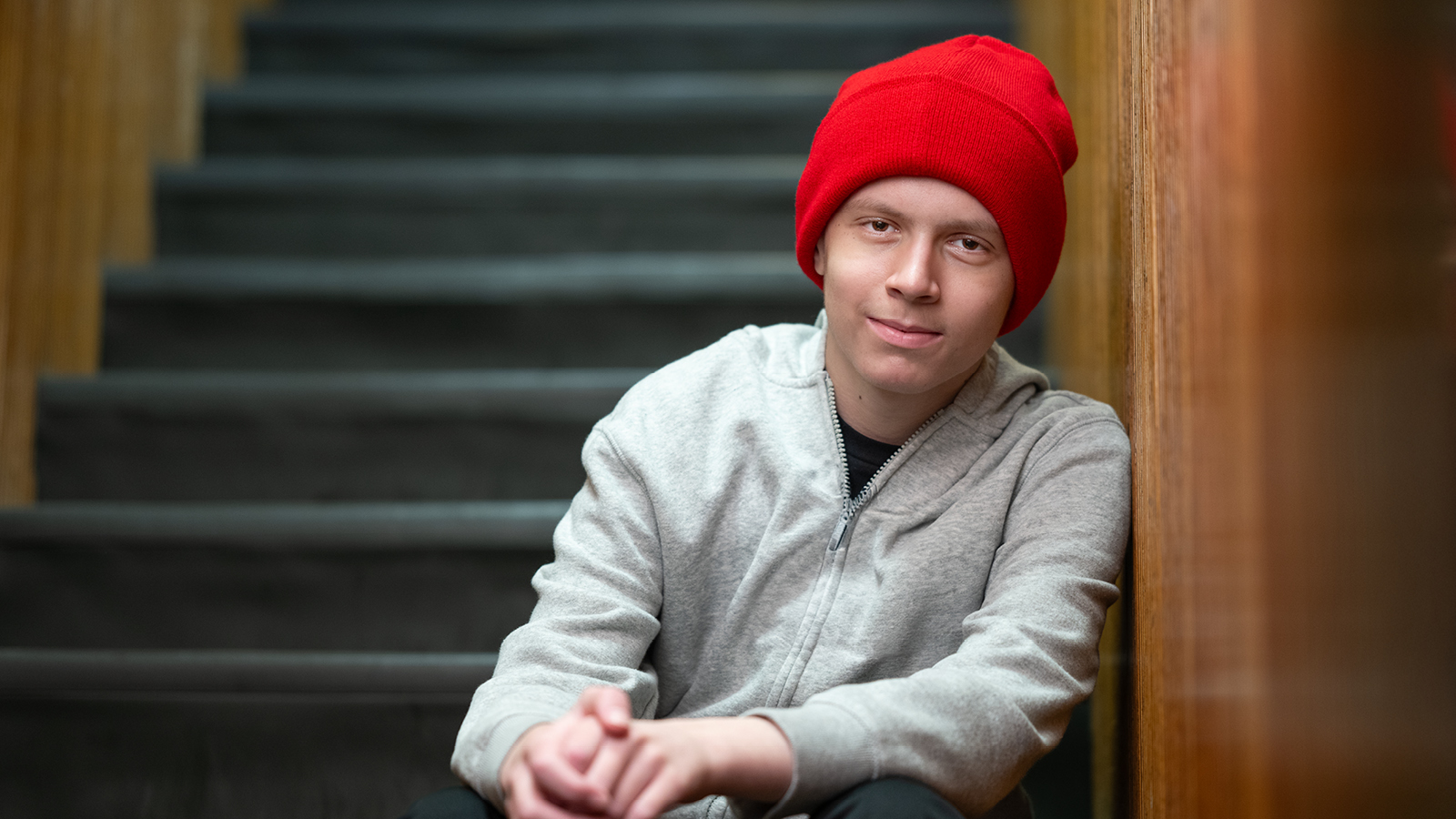- Diseases
- Acoustic Neuroma (16)
- Adrenal Gland Tumor (24)
- Anal Cancer (70)
- Anemia (2)
- Appendix Cancer (18)
- Bile Duct Cancer (26)
- Bladder Cancer (74)
- Brain Metastases (28)
- Brain Tumor (234)
- Breast Cancer (728)
- Breast Implant-Associated Anaplastic Large Cell Lymphoma (2)
- Cancer of Unknown Primary (4)
- Carcinoid Tumor (8)
- Cervical Cancer (164)
- Colon Cancer (168)
- Colorectal Cancer (118)
- Endocrine Tumor (4)
- Esophageal Cancer (44)
- Eye Cancer (36)
- Fallopian Tube Cancer (8)
- Germ Cell Tumor (4)
- Gestational Trophoblastic Disease (2)
- Head and Neck Cancer (14)
- Kidney Cancer (130)
- Leukemia (342)
- Liver Cancer (50)
- Lung Cancer (286)
- Lymphoma (278)
- Mesothelioma (14)
- Metastasis (30)
- Multiple Myeloma (100)
- Myelodysplastic Syndrome (60)
- Myeloproliferative Neoplasm (6)
- Neuroendocrine Tumors (16)
- Oral Cancer (102)
- Ovarian Cancer (178)
- Pancreatic Cancer (162)
- Parathyroid Disease (2)
- Penile Cancer (14)
- Pituitary Tumor (6)
- Prostate Cancer (150)
- Rectal Cancer (58)
- Renal Medullary Carcinoma (6)
- Salivary Gland Cancer (14)
- Sarcoma (238)
- Skin Cancer (302)
- Skull Base Tumors (56)
- Spinal Tumor (12)
- Stomach Cancer (66)
- Testicular Cancer (28)
- Throat Cancer (92)
- Thymoma (6)
- Thyroid Cancer (100)
- Tonsil Cancer (30)
- Uterine Cancer (86)
- Vaginal Cancer (18)
- Vulvar Cancer (22)
- Cancer Topic
- Adolescent and Young Adult Cancer Issues (22)
- Advance Care Planning (12)
- Biostatistics (2)
- Blood Donation (18)
- Bone Health (8)
- COVID-19 (360)
- Cancer Recurrence (120)
- Childhood Cancer Issues (120)
- Clinical Trials (628)
- Complementary Integrative Medicine (22)
- Cytogenetics (2)
- DNA Methylation (4)
- Diagnosis (240)
- Epigenetics (6)
- Fertility (62)
- Follow-up Guidelines (2)
- Health Disparities (14)
- Hereditary Cancer Syndromes (128)
- Immunology (18)
- Li-Fraumeni Syndrome (8)
- Mental Health (122)
- Molecular Diagnostics (8)
- Pain Management (62)
- Palliative Care (8)
- Pathology (10)
- Physical Therapy (18)
- Pregnancy (18)
- Prevention (940)
- Research (390)
- Second Opinion (78)
- Sexuality (16)
- Side Effects (616)
- Sleep Disorders (10)
- Stem Cell Transplantation Cellular Therapy (216)
- Support (408)
- Survivorship (330)
- Symptoms (182)
- Treatment (1794)
Robotic surgery gets teen adrenal tumor patient back to sports
4 minute read | Published April 18, 2022
Medically Reviewed | Last reviewed by an MD Anderson Cancer Center medical professional on April 18, 2022
Mazen Nadim wasn’t interested in robotic surgery to remove his adrenal tumor at first. No scar, no deal, the 15-year-old insisted. After all, if he had to travel across the world for a life-changing surgery, Mazen at the very least wanted a “cool” scar that would impress his friends.
But as Mazen began to learn more about how a robotic surgery could help him recover faster and get him back to playing water polo, he began to consider the option.
An adrenal tumor diagnosis
Nearly a year before Mazen was faced with a decision regarding surgery, in May 2021, he contracted COVID-19. A few months later, he was still experiencing fatigue and chest pain, so he underwent a CT scan.
The scan revealed an 8 cm by 7 cm tumor in Mazen’s adrenal gland. This small gland next to the kidney makes hormones that help the body control heart rate, blood pressure and other important functions.
Mazen’s parents were devastated and anxious. They wanted the best medical care. They began considering hospitals far from their home in Cairo, Egypt, and consulting experts in Europe and the U.S.
As they researched, Mazen’s dad, Mohammed, became interested in robotic surgery. He read that surgeons could operate by controlling a joystick that moved a robotic surgical tool through hard-to-reach spaces, often allowing for a smaller incision. Because this can mean shorter and less painful recovery for the patient, robotic surgery seemed ideal for Mazen, an athlete who wanted to get back to sports.
At the time, the family was considering seeking care in England, and they asked a surgeon there if robotic surgery was an option. No, the surgeon told Mohammed. Robotic surgeries were rarely done on children, and in this case, it wouldn’t be possible. Eventually, Mohammed and his family decided to seek care for Mazen at a hospital in the U.S. that kept they kept hearing about over and over again: MD Anderson.
Traveling to MD Anderson for cancer treatment
The Nadims had never seen a hospital like MD Anderson before. It felt more like a hotel, and it was much, much bigger. It was intimidating, but as soon as they met Mazen’s care team, they felt at home.
“Everyone was so nice,” Mazen says. “Not one person was mean or scary.”
First, they met pediatric oncologist Douglas Harrison, M.D., Center Medical Director of MD Anderson’s Children’s Cancer Hospital.
Harrison and his team wanted to confirm Mazen’s diagnosis. There was a chance that the cancer was benign. “We’re going to hope for that,” Harrison told them.
For the two months between when the tumor was first spotted and their visit to MD Anderson, the Nadims had felt as though they were living in a nightmare. But now they felt hope.
“At MD Anderson, it just always felt like there was a way,” Mohammed says.
Blood samples and scans did, in fact, reveal that the tumor was benign. The family instantly felt a wave of relief and began preparing for the only treatment the tumor would require, surgery. They met with pediatric surgeon Mary Austin, M.D. Mohammed brought up the idea of robotic surgery.
Instead of saying no, Austin paused. She told the Nadims the pediatric surgery team had actually been considering robotic surgery for pediatric cancer cases. While many hospitals use robots in surgery for pediatric patients, few use it to operate on pediatric patients with cancer. She told him they would look into it and get back to him.
Undergoing robotic surgery for pediatric cancer
Austin turned to Naruhiko Ikoma, M.D., a surgical oncologist. The two had performed pediatric surgeries together when Ikoma was a resident. Since then, Ikoma had become one of a few leaders in robotic surgery at MD Anderson. He performs nearly 90% of his operations using the robot and helped other surgeons start using them, too.
Together, Austin and Ikoma reviewed Mazen’s CT scan. “While pediatric surgery isn’t my specialty, I was able to clearly envision how the surgery would go based on my previous robotic surgery experience,” Ikoma says. “By collaborating with Dr. Austin, I was comfortable to offer robotic surgery for Mazen.”
Mazen and his family were thrilled. The robotic surgery meant Mazen would have a smaller incision. He would be up and walking around faster. He’d be able to get in the pool sooner, and he’d back playing water polo months earlier than if he had had an open surgery.
In February, Mazen underwent surgery to remove the tumor. After the surgery, Mazen stayed in the hospital for two nights before eventually moving to the nearby house his parents rented during their stay in Houston. He initially woke up from the surgery with an aching pain. His care team helped him get up and walking and he was able to leave the hospital while taking minimal pain medications. As his incision began to heal, the pain soon subsided. He was up on his feet and walking that very same day.
“Everyone at MD Anderson was so helpful,” he says. “I’m really thankful for all of them.”
Mazen stayed in Houston an additional four weeks recovering from surgery. While he was looking forward to getting back home to see his friends and play sports, he couldn’t help but feel a little sad leaving.
“I’m really going to miss this hospital,” he says.
Request an appointment at MD Anderson online or by calling 1-844-201-1600.
Related Cancerwise Stories

At MD Anderson, it just always felt like there was a way.
Mohammed Nadim
Caregiver





